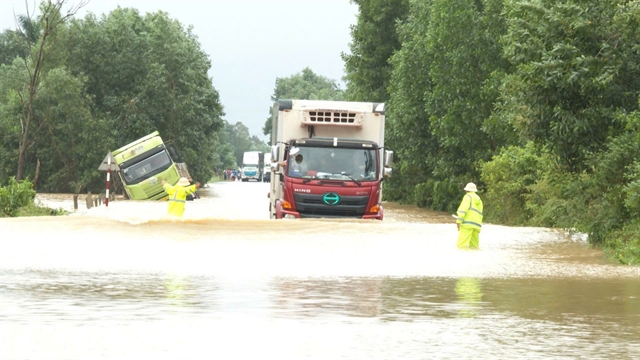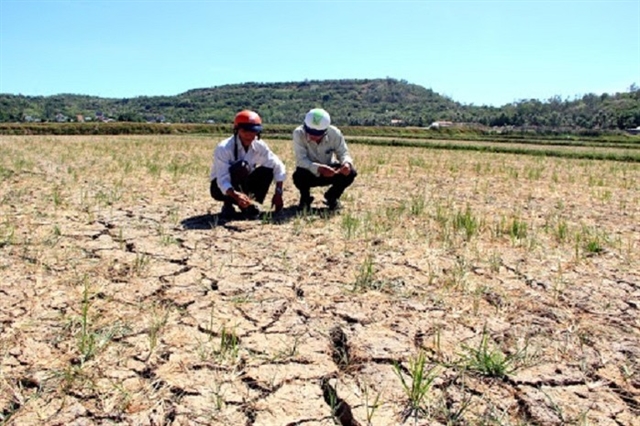 Environment
Environment

Thousands of hectares of farmland in the central region were likely to face severe water shortages for the summer-autumn rice crop, according to the General Department of Irrigation.

|
| The General Department of Irrigation forecast the water shortage for crops in central region. — Photo moitruongvadothi.vn |
HÀ NỘI — Thousands of hectares of farmland in the central region were likely to face severe water shortages for the summer-autumn rice crop, according to the General Department of Irrigation.
Reservoirs were running low, and smaller water reserves were likely to dry out before the start of crop, which starts this month and runs until May, according to the department.
From 13,000 to 22,000ha of cultivation area for the summer-autumn crop in the north central region including Thanh Hóa, Nghệ An, Hà Tĩnh, Quảng Bình, Quảng Trị and Thừa Thiên–Huế provinces will be seriously affected by the water shortage.
In response, the department has recommended that provinces should adjust their sowing schedules or change crop structure.
At present, the total volume of reservoirs in the northern and central regions is about 50 to 70 per cent of capacity.
But after supplying water for the winter-spring crop, the capacity has been reduced to 40 to 60 per cent, and down to only 32 per cent such as the Cửa Đạt Reservoir in Thanh Hoá Province.
Reservoirs in the Mã River basin and other areas in Thanh Hóa Province will be down to just 36 per cent, which is only enough to irrigate 150,000ha.
As a result, 10,000ha must adjust their sowing schedules or change crop structure.
Meanwhile, reservoirs in Nghệ An Province are at 62 per cent capacity, enough to supply 110,000ha of rice fields. A further 6,000-9,000ha in Nam Hưng Nghi and Diễn Yên Quỳnh districts will run dry if hot weather occurs in June and July.
In the southern central region of Bình Định, Khánh Hòa, Ninh Thuận and Bình Thuận provinces, after the winter-spring crop, the water volume in irrigation reservoirs would be 20 to 60 per cent of capacity, and some even lower.
The water volume of Ka Nak and Đại Ninh reservoirs in Bình Định and Bình Thuận provinces are down to 15 per cent of their designed capacity, leaving 50,000ha out of a total 370,000ha severely affected by the water shortage. — VNS



.jpg)
